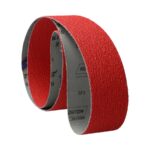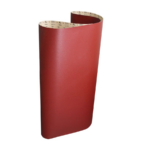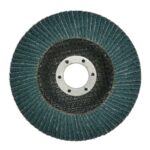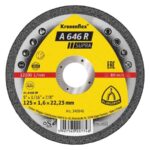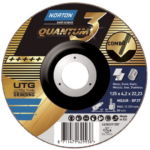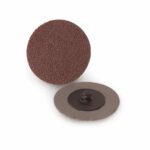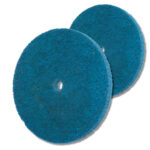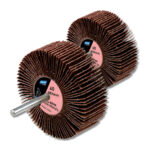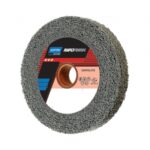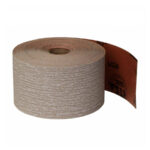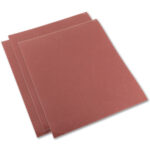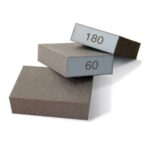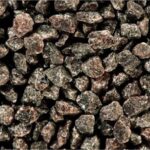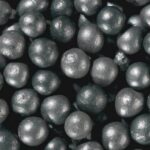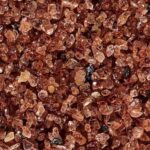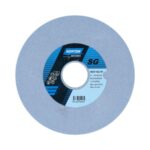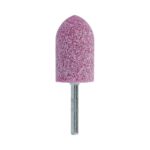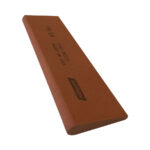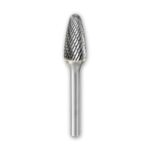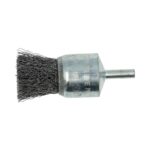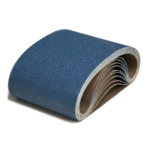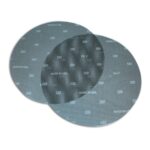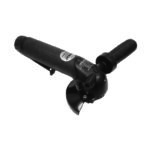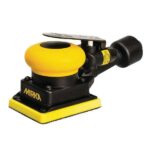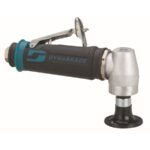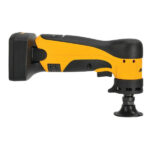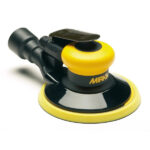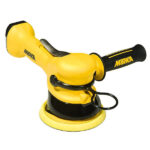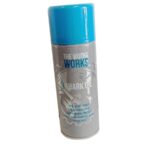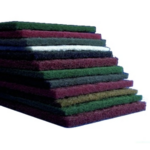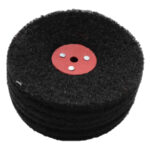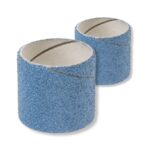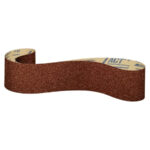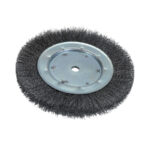Blog
Sheet Metal Processing
Sheet metal processing is a term that refers to the manufacturing processes used to form, cut, and shape thin sheets of metal into a variety of products. Sheet metal processing is used in many industries, including automotive, aerospace, construction, and electronics, to create everything from car bodies to computer components. One aspect of sheet metal processing that is particularly important in many applications is achieving a grained, brushed, or satin finish.
Graining, brushing, and satinizing are all techniques used to create a specific surface texture on sheet metal. These finishes can be used for both functional and aesthetic purposes, depending on the application. For example, a grained or brushed finish may be used on sheet metal components in a car to reduce glare and improve visibility. In contrast, a satin finish may be used on a high-end watch to create a luxurious appearance.
To achieve a grained, brushed, or satin finish on sheet metal, there are a few different methods that can be used. One common technique is mechanical polishing. This involves using an abrasive material, such as sandpaper or a polishing wheel, to remove a thin layer of material from the surface of the sheet metal. This process can be done by hand or using a machine, depending on the size and complexity of the component being finished.
Another technique that is commonly used to create a grained or brushed finish on sheet metal is called shot blasting. This involves using a high-pressure stream of abrasive particles to roughen the surface of the metal. The particles are usually made of materials like steel, aluminum oxide, or glass beads, and they can be directed at the metal surface from a variety of angles to create the desired texture.
Chemical etching is another technique that can be used to create a grained or brushed finish on sheet metal. This involves using a chemical solution to selectively remove material from the surface of the metal. The solution is applied to the metal surface in a controlled manner, and the amount of material that is removed can be adjusted by changing the concentration or composition of the solution.
Satinizing, on the other hand, involves using a mechanical process to create a very fine, uniform texture on the surface of the metal. This can be done using a variety of methods, including sandblasting, buffing, or using a polishing wheel with a special abrasive pad. The goal of satinizing is to create a consistent, low-reflective surface that has a soft, silky appearance.
In addition to these techniques, there are also a variety of chemical treatments that can be used to create a grained, brushed, or satin finish on sheet metal. These treatments can include applying a chemical solution to the surface of the metal to create a specific texture, or using a chemical process to alter the surface of the metal at a microscopic level.
Regardless of the technique that is used, achieving a grained, brushed, or satin finish on sheet metal requires a high level of skill and precision. In order to create a consistent texture across a large surface area, it is important to carefully control the application of the abrasive material or chemical solution. This requires a deep understanding of the properties of the metal being worked with, as well as the specific techniques and equipment that are being used to achieve the desired finish.
In addition to the technical aspects of sheet metal processing, there are also a number of aesthetic considerations that come into play when creating a grained, brushed, or satin finish. The texture and appearance of the finished product can have a significant impact on the way that it is perceived by customers, and it is important to carefully consider the overall design and intended use of the product when choosing a finish.
Ultimately, achieving a grained, brushed, or satin finish on sheet metal is a complex process that requires a combination of technical skill and aesthetic sensibility. By carefully selecting the

